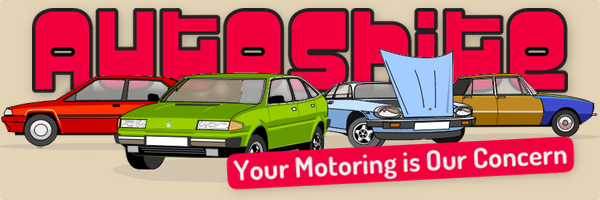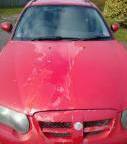Very old car ID help please
-
Similar Content
-
Keeping a very tired car going? 1 2
By Gman88667733,
- 33 replies
- 2,040 views
-
Very boring Collection Caper! Car reveal
By calebaaront,
- 27 replies
- 1,033 views
-
- 5 replies
- 676 views
-
- 9,265 replies
- 1,071,302 views
-
- 7 replies
- 1,337 views
-




Recommended Posts
Create an account or sign in to comment
You need to be a member in order to leave a comment
Create an account
Sign up for a new account in our community. It's easy!
Register a new accountSign in
Already have an account? Sign in here.
Sign In Now